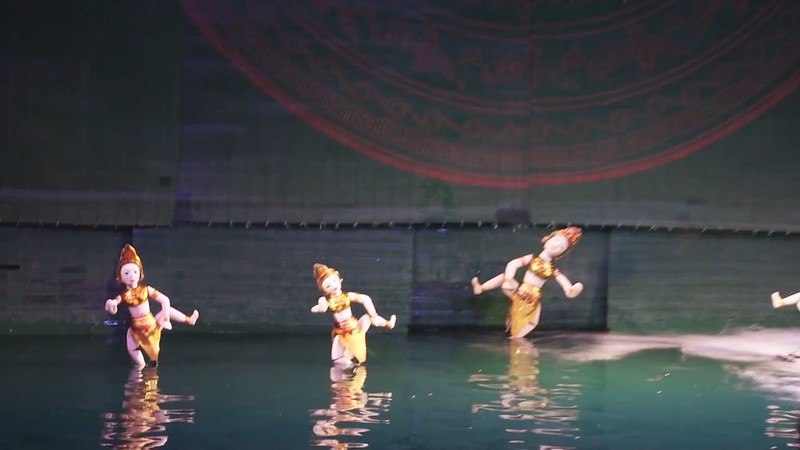A traditional Vietnamese orchestra provides background music while singers sing the story being acted out by the puppets.
Later, communal ponds became stages for these impromptu performances, enhancing the widespread development of the art form.
Photo credit:Charles Chan/Flickr
The themes of play ranges from day-to-day lives to Vietnamese folk tales and legends.
Stories of the harvest, of fishing and of festivals are often highlighted.
The puppets are made of wood and then lacquered to make it watertight and endurable.
Each puppet stands about two feet tall and can weigh between 9 and 14 kg.

The puppet is usually fixed to a floating base at one end of a long bamboo.
The base includes a rudder and acts as a fulcrum for the strings that control the upper body.
The details of their tricks have been kept secret for centuries.
Even today, village guilds of puppeteers refer to the more complex maneuvers only by code names.
Generation of puppeteers have suffered from water-borne diseases, rheumatism and leeches while practicing the craft.
Modern puppeteers now wear protective clothing.
The Thang Long Water Puppet Theater in Hanoi is famous for these shows.
Founded in 1969, the theater has since performed throughout the world.








